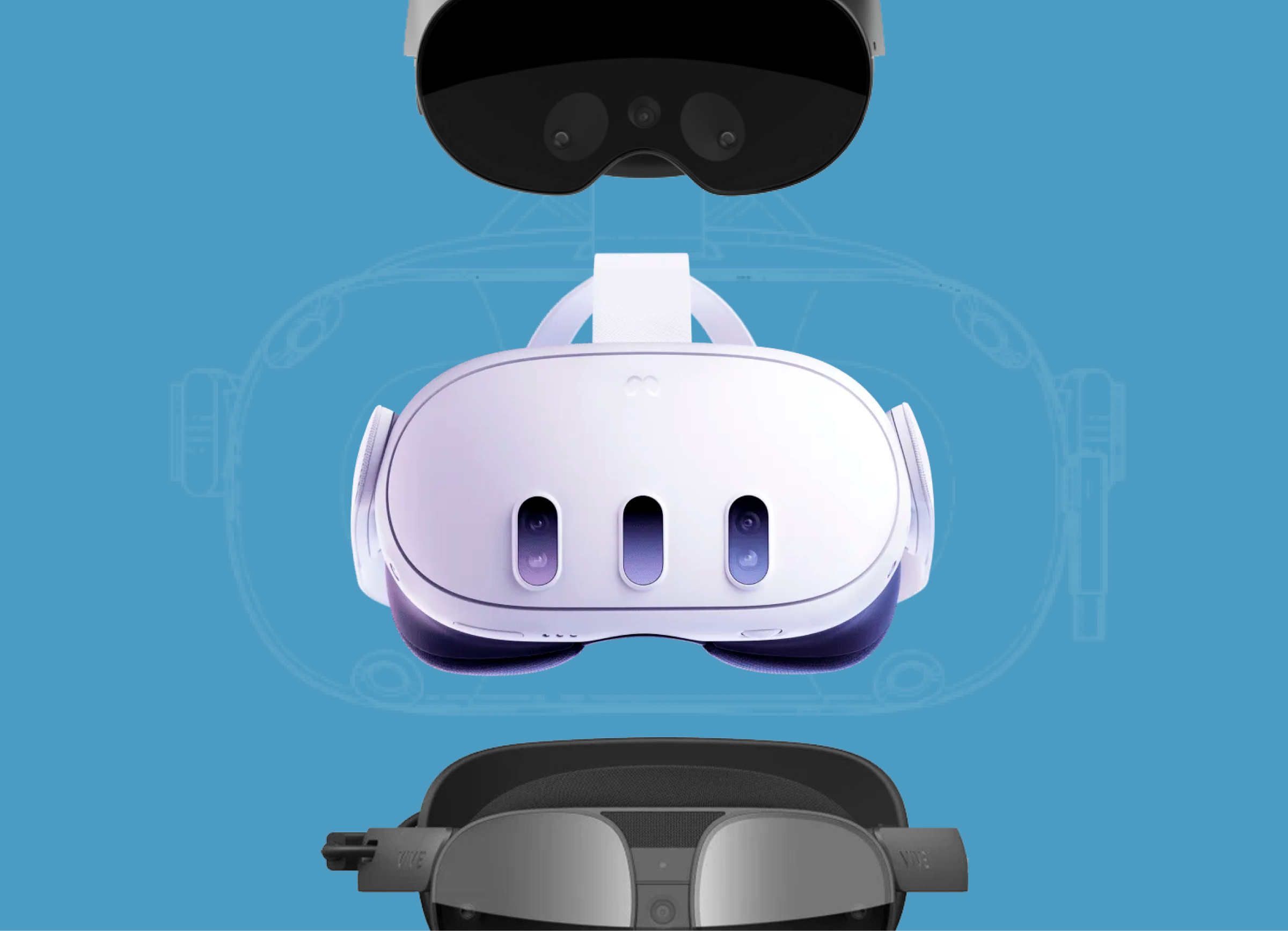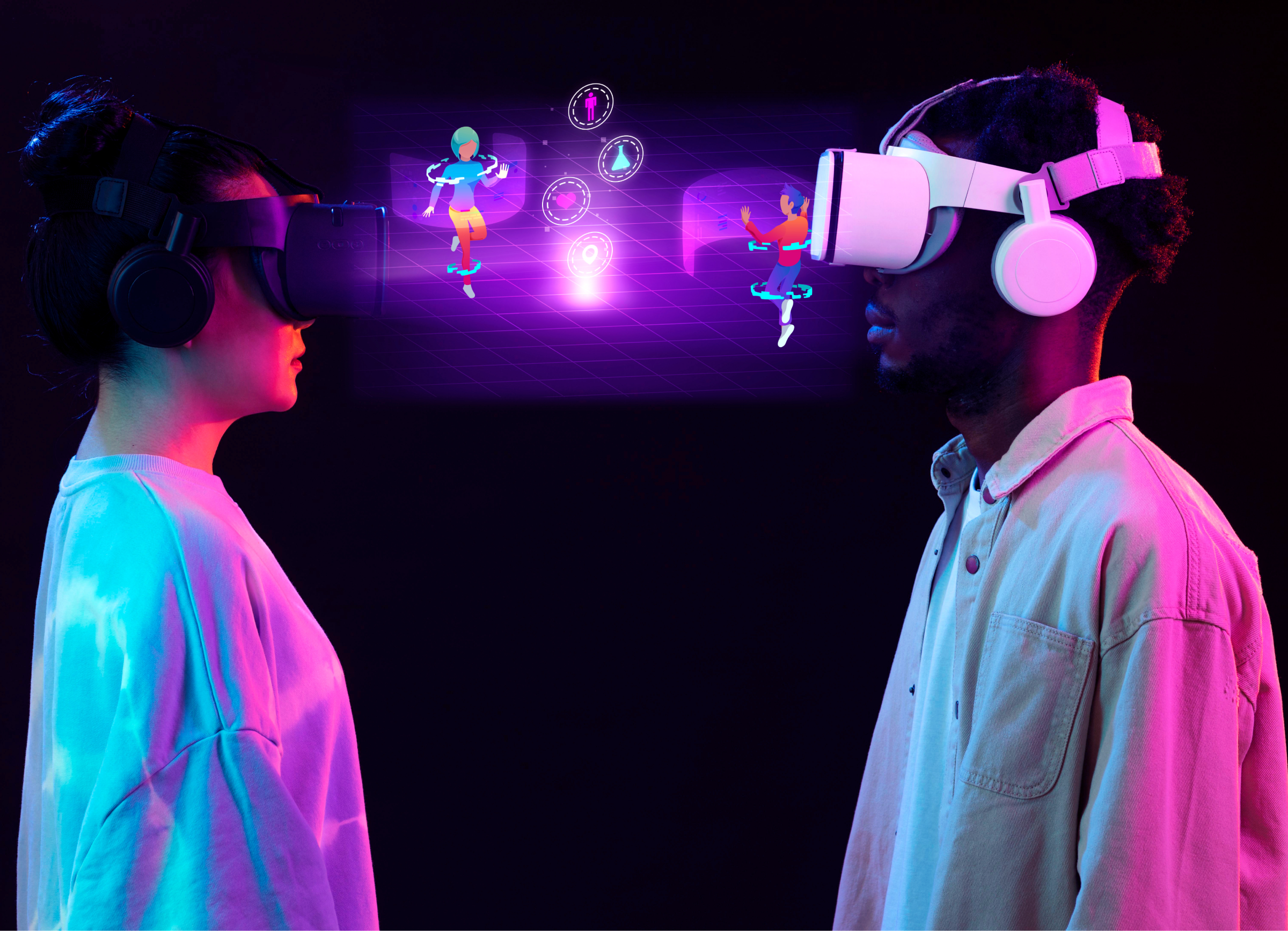
This article was written by our CEO Olga Kryvchenko and originally published on Linkedin. To get more biweekly updates about extended reality, subscribe to Olga’s XR Frontiers LinkedIn newsletter.
Working in the XR industry for about 4 years, I’ve had the opportunity to work with a variety of marketing agencies looking to incorporate XR technologies into their marketing strategies. While these technologies can be incredibly powerful tools for creating immersive, engaging experiences for customers, it’s important to approach them with a clear plan and a solid understanding of what they can do.
If you’re considering incorporating XR technology into your marketing strategy, here are a few tips to keep in mind:
- Understand the technology: Before implementing any XR technology, it’s important to have a solid understanding of what it is, how it works, and what it can do. This will help you choose the right technology for your specific marketing campaign and ensure that it is used in a way that makes sense for your client and their target audience.
- Set clear goals: When incorporating XR technology into a marketing strategy, it’s important to set clear goals for what you hope to achieve. This might include increasing brand awareness, driving engagement and interaction, or improving the overall customer experience. Having clear goals will help you measure the success of your campaign and make any necessary adjustments along the way.
- Choose the right platform: There are a variety of different XR platforms available, each with their own strengths and weaknesses. It’s important to choose the platform that best aligns with your client’s needs and goals, as well as the technical requirements of your campaign.
- Create engaging content: XR technology can be a powerful tool for creating immersive, engaging experiences for customers. However, in order to be effective, the content you create needs to be high-quality and engaging. This might include creating interactive product demonstrations, immersive brand experiences, or virtual tours of a physical location.
- Test and iterate: As with any marketing campaign, it’s important to test and iterate your XR strategy to ensure that it is delivering the desired results. This might involve running A/B tests to compare different versions of your XR experience, gathering feedback from users, and making adjustments based on that feedback.
- Consider accessibility: While XR technology can be a great way to create immersive experiences, it’s important to consider accessibility when designing your campaign. This might include ensuring that the experience is accessible to people with disabilities, as well as making sure that it is optimized for different devices and internet speeds.
- Stay up-to-date: XR technology is constantly evolving, so it’s important to stay up-to-date on the latest trends and developments in the field. This might involve attending conferences, reading industry publications, and staying connected with other professionals in the field.
By keeping these tips in mind, you can create powerful, effective XR experiences that drive engagement and improve the overall customer experience. If you’re looking for help getting started with XR technology, feel free to reach out to me for more information!
Image: Freepik


